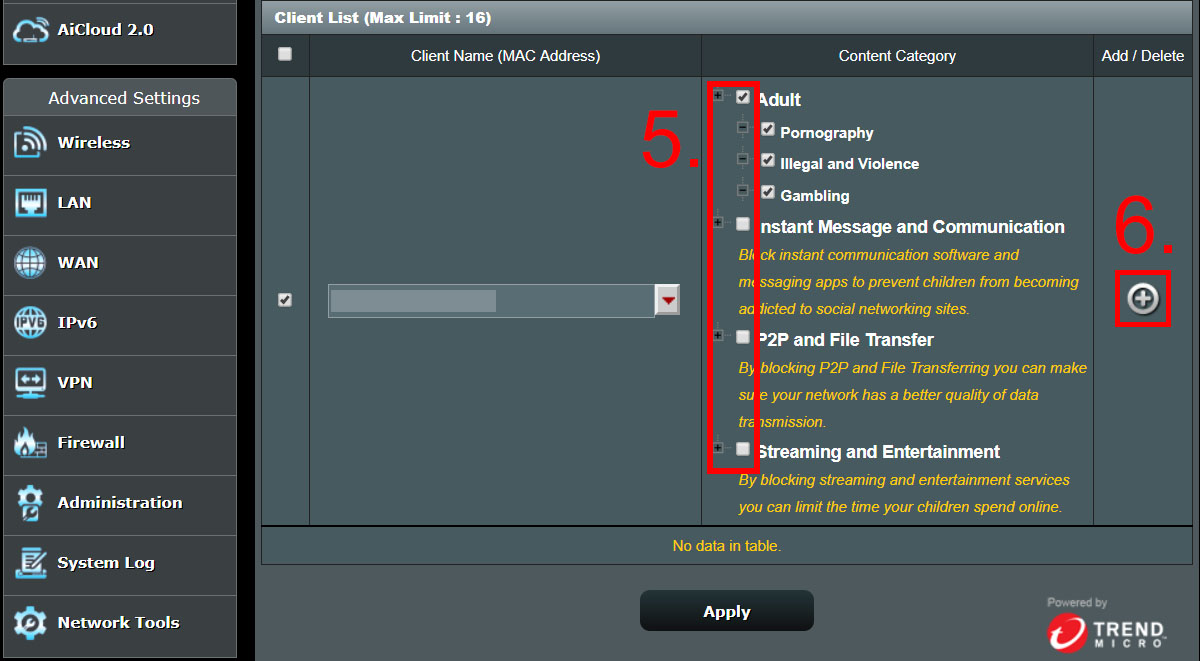
However, I think it’s more likely that they played the role of change agent in a way that only Apple can. It’s entirely possible that Apple legitimately planned to release an aggressive randomization algorithm, and they were talked off the ledge by the industry. The private addressing feature is enabled by default, but it can be disabled by the user or via network profiles pushed by administrators. For each unique SSID (wireless network), the device will choose a new randomized address and use that private address for the network (during beta-testing, this address was also randomized every 24 hours). In iOS 14, Apple adds MAC randomization for all Wi-Fi connections, not just for scanning.

Even though the final iOS 14 release has less aggressive randomization behavior than betas, the world of MAC randomization is changing, and network operators are wise to follow it. The reason for this article is that Apple created quite an industry scare in its first few beta releases of iOS 14. But once a device connects to a network, the device would only and always use the “real” MAC address. This prevented most types of device/user tracking of passerby (or disconnected) users.

In previous versions, the MAC address was only randomized during the device’s discovery process, which is how devices scan to learn about nearby networks. Thus, MAC addresses are a bit of a battleground for personal data privacy.įor several years now, iOS and Android have supported MAC randomization, which is a way to dynamically change the MAC address used for over-the-air communications. Because of that uniqueness, the MAC address historically represented the chip itself, the device with the installed chip, and the user that carries it around. The chip uses the MAC address for network communications, which, in wireless, are sent over the air for all to see. Mac RandomizationĪs many of you know, MAC addresses are “burned in” identifiers of radio chips that give them what is supposed to be a unique worldwide address. As we know, Apple has been a strong privacy advocate all along (their marketing teams will tell you again and again), but in iOS 14, they almost took it to a whole new level. # Rewrite called station id attribute into a standard format.As data analytics have evolved from snowball to avalanche, data privacy initiatives have been standing in the gap between individuals and the companies that wish to harness their data. Theįollowing policy is available in FreeRADIUS version 3 onwards, in

It is sensible to re-format these into a single format at the server. Most NASes usually send the MAC address in the Calling-Station-ID attribute.Īgain, depending on the NAS, these can be either upper-case or lower-case hex. It checks MAC addresses against a users style file. This first example assumes the server is only performing mac-auth.


 0 kommentar(er)
0 kommentar(er)
